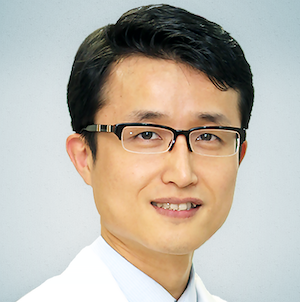
Sanghoon Lee, M.D., Ph.D
Sanghoon Lee is a professor at Kyung Hee University's College of Korean Medicine in South Korea. He obtained his MD in Korean Medicine in 1995 and completed his clinical residency at KHU Medical Center in 1998. Dr. Lee is a prominent researcher and practitioner in acupuncture and integrative medicine with numerous research papers and books.
In his role as Director of the International Education Institute of Korean Medicine and Deputy-Director of the East-West Medical Research Institute (a WHO Collaboration Center for Traditional Medicine), Dr. Lee leads efforts to integrate traditional medicine into modern healthcare systems.
Having served as a visiting scholar at Johns Hopkins School of Medicine and UC Irvine School of Medicine, Dr. Lee's influence globally through lectures and collaborations. Presently, he is deeply engaged in exploring and developing acupuncture mechanisms and their applications in digital healthcare trends.
Presentation
Title:
Saam Acupuncture Unveiled: Literature Review and Its Clinical Application in Korea
Summary:
Saam Five Element Acupuncture is a Korean meridian-based acupuncture system. Saam focuses on achieving a constitutional systematic balance of organ function, rather than focusing solely on acute and local strategies. The treatments are accomplished by utilizing prescriptions of Five Element transport points. There are various approaches within the Saam Acupuncture model for selecting the primary channel for treatment. The approach I will be presenting employs three criteria to arrive at a three-dimensional treatment.
The criteria include:
1) The primary channel pathway related to the chief complaint.
2) The Zang-Fu influences based on Five Element theory.
3) Deficiency and excess patterns based on the Six Conformation factors.
This lecture aims to provide a comprehensive overview of Saam Acupuncture based on literature reviews and to elucidate its clinical applications in Korea.
In This Presentation We Will:
- Ground students in the tenets of the historical 43 chapters of the original Saam text.
- Introduce a three dimensional (three pronged) approach to diagnosis within Saam acupuncture.
- Understand the proper use of point prescriptions for excess and deficiency diagnoses.
- The proper administration of advanced/modified point prescriptions to address more challenging patient presentations.
- Review of published cases from Korean journals allowing students to understand the rationale behind the chosen treatment strategy.
